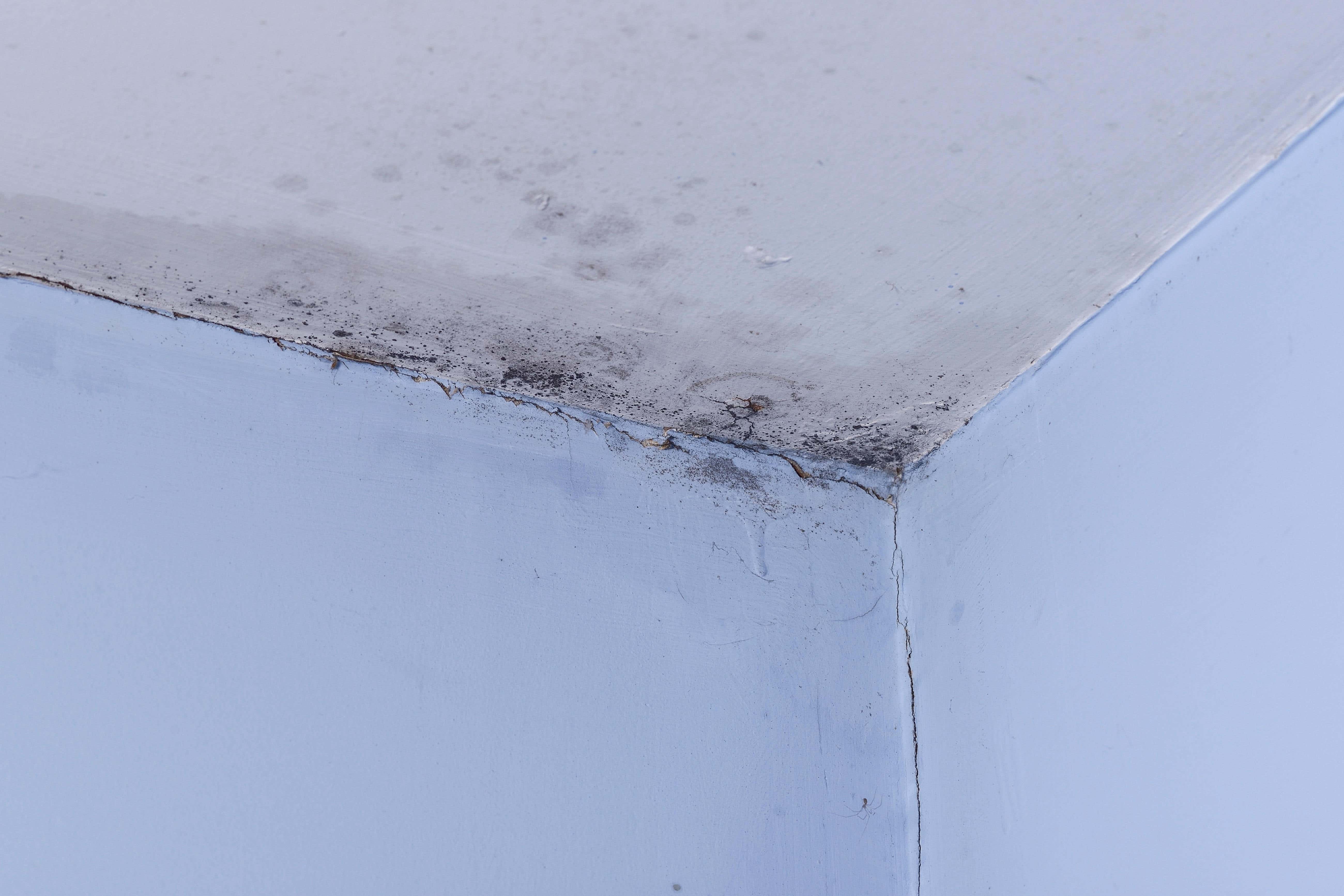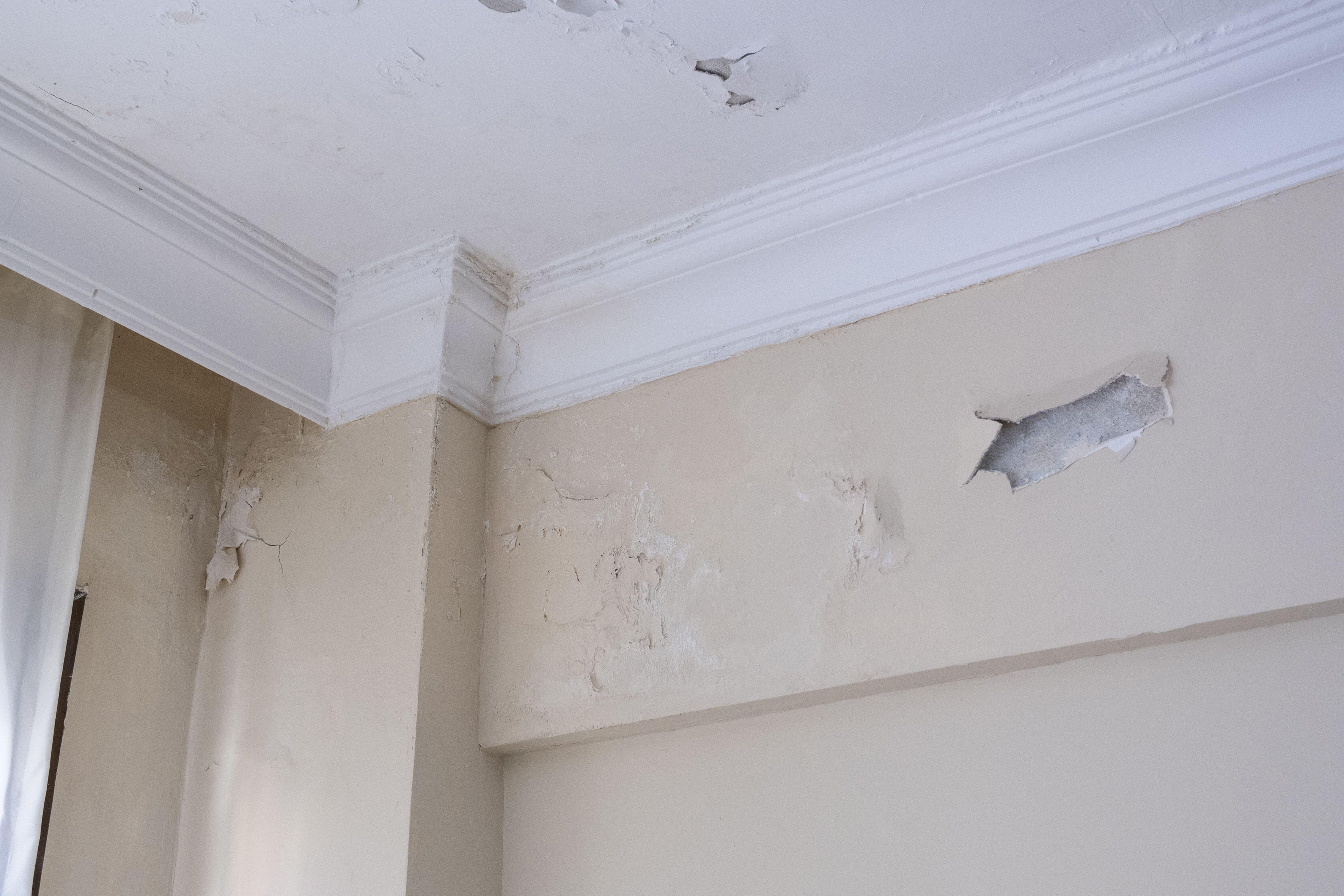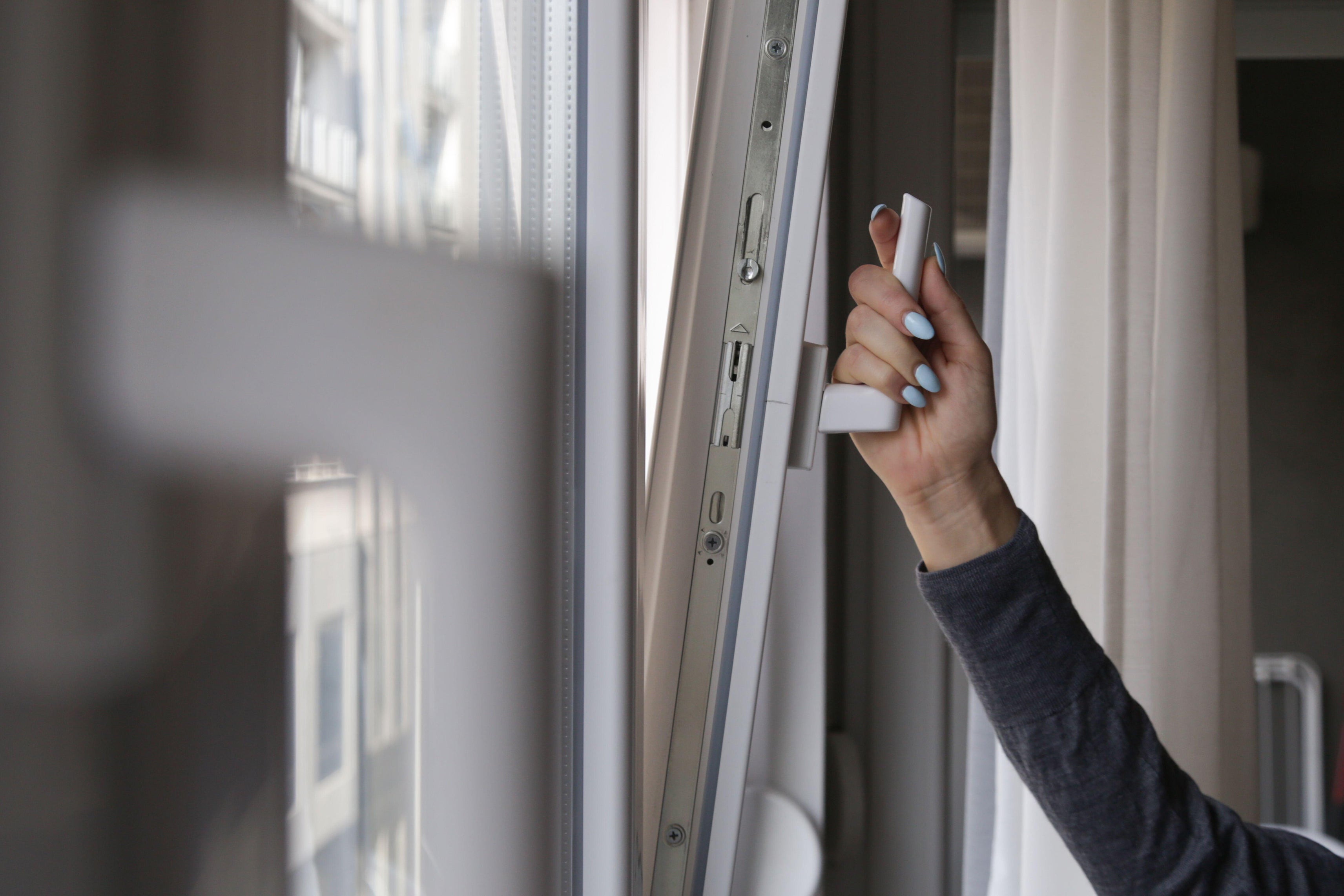Expert guide to stopping damp and mould in your home this winter
Ventilating your home is crucial

Your support helps us to tell the story
From reproductive rights to climate change to Big Tech, The Independent is on the ground when the story is developing. Whether it's investigating the financials of Elon Musk's pro-Trump PAC or producing our latest documentary, 'The A Word', which shines a light on the American women fighting for reproductive rights, we know how important it is to parse out the facts from the messaging.
At such a critical moment in US history, we need reporters on the ground. Your donation allows us to keep sending journalists to speak to both sides of the story.
The Independent is trusted by Americans across the entire political spectrum. And unlike many other quality news outlets, we choose not to lock Americans out of our reporting and analysis with paywalls. We believe quality journalism should be available to everyone, paid for by those who can afford it.
Your support makes all the difference.Winter can be challenging at the best of times, let alone when the temperature dips, skies turn grey, there’s a biting wind and you have to snuggle up.
“As temperatures drop and the typical gloomy British weather returns, many homes across the UK face a common enemy… damp and mould,” underlines Neil Freshwater, indoor climate expert at VELUX.
And with the added pressure of an energy crisis and changes to the winter fuel payment, heating is a financial strain for many households.
Hence addressing these issues through better ventilation and smarter heating practices is more important than ever, highlights Freshwater.

Moreover, it’s important to understand why mould is such an issue…
“It’s not just an eyesore, it can severely impact your health,” he warns.
“Dampness and mould can lead to health problems, particularly respiratory issues such as asthma and allergies. The potential health issues caused by mould are especially concerning for the most vulnerable.
“People with certain health conditions, children and older adults are at greater risk of the more severe impacts of a mouldy home.”
To help prevent damp and mould from forming, Freshwater shares some practical ways to maintain a healthy and comfortable environment…
Air out your space regularly

Even when the weather is cold, ventilating your home is crucial, notes Freshwater. “Poor ventilation leads to condensation, which is a major cause of dampness and mould.
“Daily household tasks like cooking, showering, and drying clothes indoors can increase humidity levels, which create damp.” He says one of the easiest ways to combat this is to air out your space daily.
“Airing out your home three to five times a day, for 10 to 15 minutes can reduce humidity levels, especially in rooms like the kitchen, bathroom, and bedroom where moisture accumulates quickly.”
Regulate bedroom temperature for better sleep and mould prevention
As Freshwater points out, maintaining a consistent indoor temperature can be tricky during colder months, especially when trying to save on heating bills.
“But ensuring a stable bedroom temperature is essential for reducing the risk of mould growth – and ultimately a key factor in getting a healthy night’s sleep.”
He continues: “Keeping bedrooms consistently between 16-18°C at night is not only optimal for sleep but also helps prevent condensation from forming on walls and windows.
“Sudden, drastic changes in temperature can cause condensation to form on colder surfaces, which will encourage mould growth,” cautions Freshwater.
“This can stop mould from developing around your sleeping area, where damp conditions are more likely to occur.”
Use natural daylight to combat mould
Daylight plays a significant role in preventing damp and mould…
“In rooms prone to condensation, such as bathrooms and kitchens, keeping blinds open during daylight hours can allow the sun to dry out any moisture in the air.
“Research shows natural light can also reduce the growth of bacteria and mould spores, making it a key tool in creating a healthier home,” notes Freshwater.
Smart heating strategies to prevent damp
Fluctuating between high heat and cold can cause condensation and contribute to damp, says Freshwater. “Whilst you may be tempted to cut energy costs by turning off the heating when you aren’t home, keeping your home above 15°C, even when you’re out, can prevent the development of damp in colder areas like external walls and corners.”
A smart home sensor can monitor temperature, CO2 and humidity in your room, and open and close electrically powered windows accordingly, explains Freshwater. “You can create personalised automated settings to keep indoor air quality healthy.”
Conduct regular maintenance checks
Homes are particularly vulnerable to damp when gutters, downpipes, or roofs are damaged. He says a simple gutter leak or blockage can lead to rainwater overflowing and seeping into the walls, creating damp patches inside the home.
“Checking your roof and window seals regularly is a simple yet effective way to prevent potential leaks and condensation,” advises Freshwater.